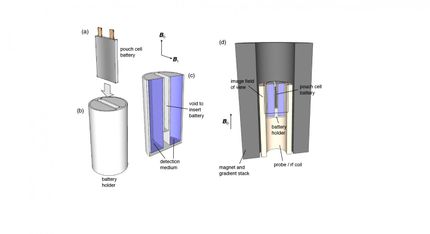In search of the 'holy grail': researchers observe lithium ions in real time
Tracking lithiation with transmission electron microscopy: A decisive step in research on battery materials
Li ion imaging by transmission electron microscopy (TEM) is the “holy grail” in the study of Li ion battery (LIB) materials. Tracking lithiation process in TEM could provide more profound understanding on the electrode degradation mechanism during battery cycling, which accelerates material modification for better performance. This study is led by Prof. Dong Su (Institute of Physics, Chinese Academy of Sciences).
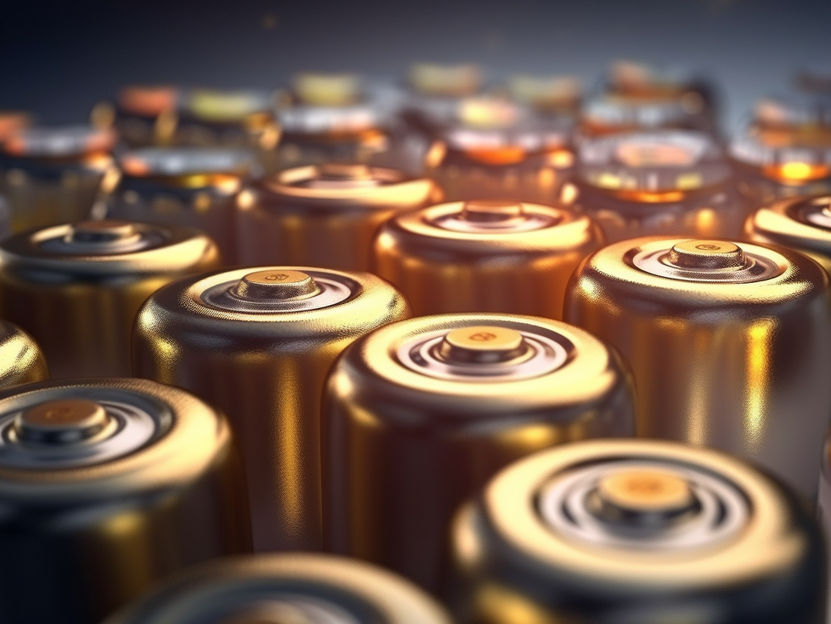
Symbolic image
Computer-generated image
Thanks to recent progress in analytical TEM techniques, such as Annular Bright Field (ABF) method, integrated differential phase contrast and Ptychography, it is now possible to identify Li ion sites inside a crystal. Electron energy loss spectrum could be utilized to detect Li element as well by recognizing its energy loss edge. However, these methods are challenging for beam-sensitive specimens like Solid Electrolyte Interphase (SEI) and Lithium dendrite which are essential to achieve long-term cycling of LIBs. Cryo-TEM has the ability to freeze the specimen to liquid nitrogen temperature, under which condition the high-energy electrons will not damage SEI easily. Moreover, by combining cryo-TEM and tomography method, three-dimensional morphology of Li dendrite could be reconstructed, providing more structural information hidden by two-dimension images.
“Due to the complex kinetics of electrode materials during battery cycling, it is of great importance to observe Li ion diffusion process in real-time. Last decade has witnessed many exciting results through in-situ TEM experiment, including phase transition, ion diffusion, defect evolution and valence change. As conventional dry-cell set-up is used to study the variation of electrode material itself, researchers can now study the reaction between electrode and liquid electrolyte with liquid-cell technique. Combined with emerging methods, we can deeply understand the reaction process and implement the mechanism to the modification of electrode materials.” Su says.
Despite excellent achievements have been made, limitations of these emerging methods still hinder the study of LIB materials. For example, the explanation of ABF and Ptychography images usually requires complex theoretical simulation. Also, continuous observation of electrode materials could damage the specimen during in-situ experiment. Therefore, more efforts should be devoted to improve these methods. Technique combination is one way to overcome the difficulties. For instance, performing low-dose method during in-situ TEM could minimize beam effect. Machine learning is also a path to simplify data analysis procedure and discover the hidden property-structure correlation.
Original publication
Other news from the department science

Get the analytics and lab tech industry in your inbox
By submitting this form you agree that LUMITOS AG will send you the newsletter(s) selected above by email. Your data will not be passed on to third parties. Your data will be stored and processed in accordance with our data protection regulations. LUMITOS may contact you by email for the purpose of advertising or market and opinion surveys. You can revoke your consent at any time without giving reasons to LUMITOS AG, Ernst-Augustin-Str. 2, 12489 Berlin, Germany or by e-mail at revoke@lumitos.com with effect for the future. In addition, each email contains a link to unsubscribe from the corresponding newsletter.
Most read news
More news from our other portals
Last viewed contents
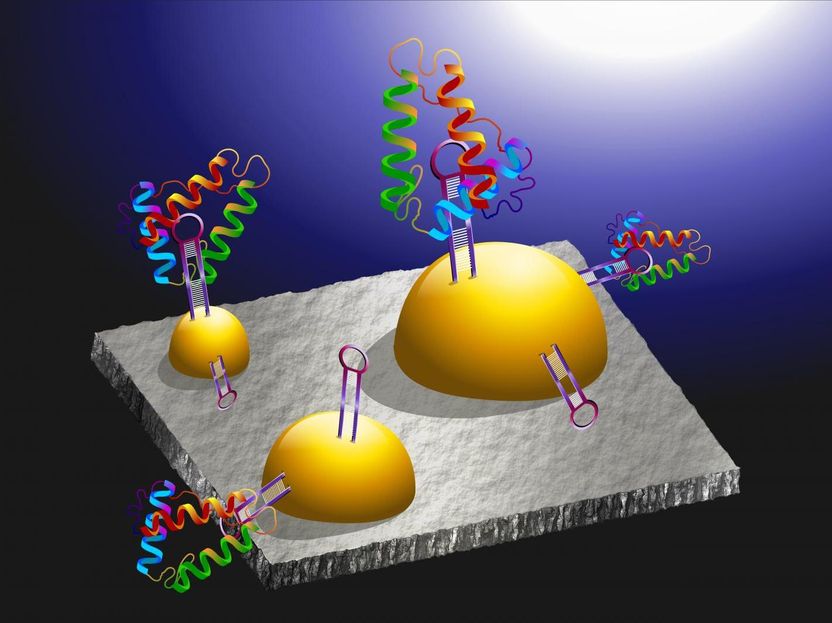
Sensor sensation
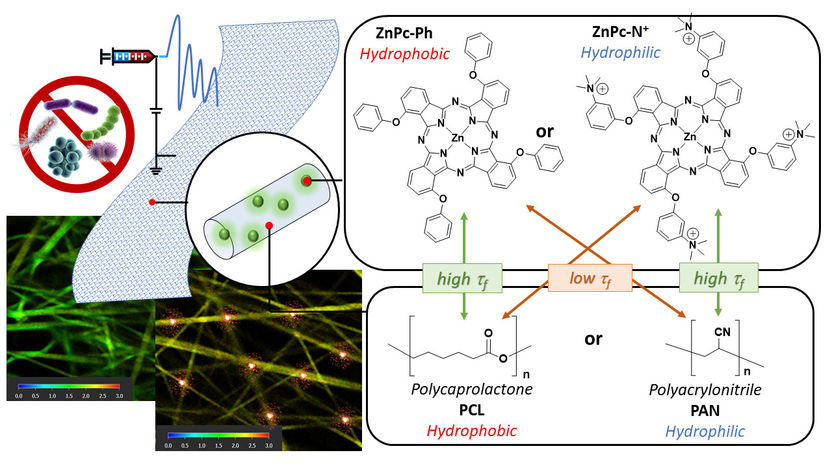
Visualising the Invisible: Active Sites in Antibacterial Nanomaterials - Fluorescence lifetime microscopy has great potential to systematically enhance the effectivenes of antibacterial nanomaterials

Smartphone-powered microchip for at-home medical diagnostic testing developed - The new technology could make at-home diagnosis of diseases faster and more affordable: Researchers working with startup GRIP Molecular Technologies
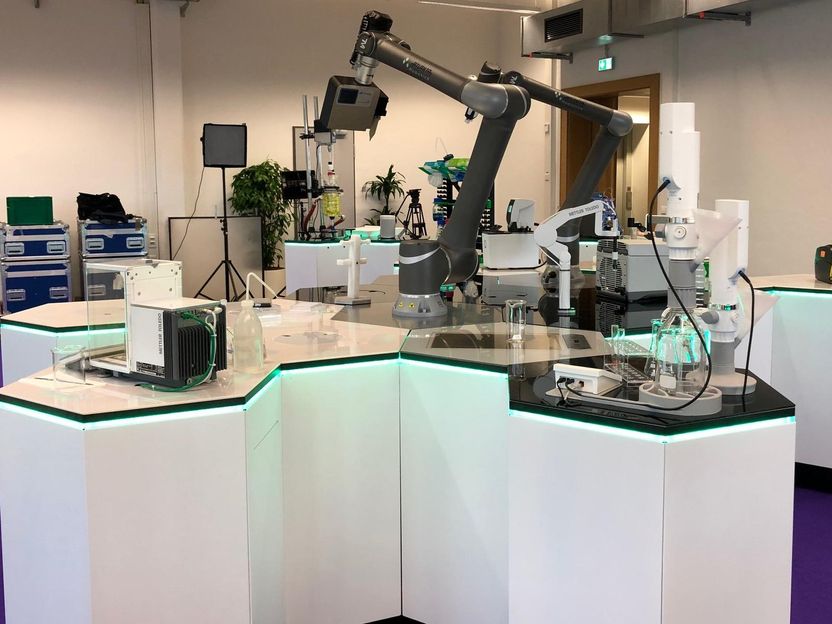
Analytica 2022—Your path to Laboratory 4.0 - Special show brings the digital transformation in the lab to life
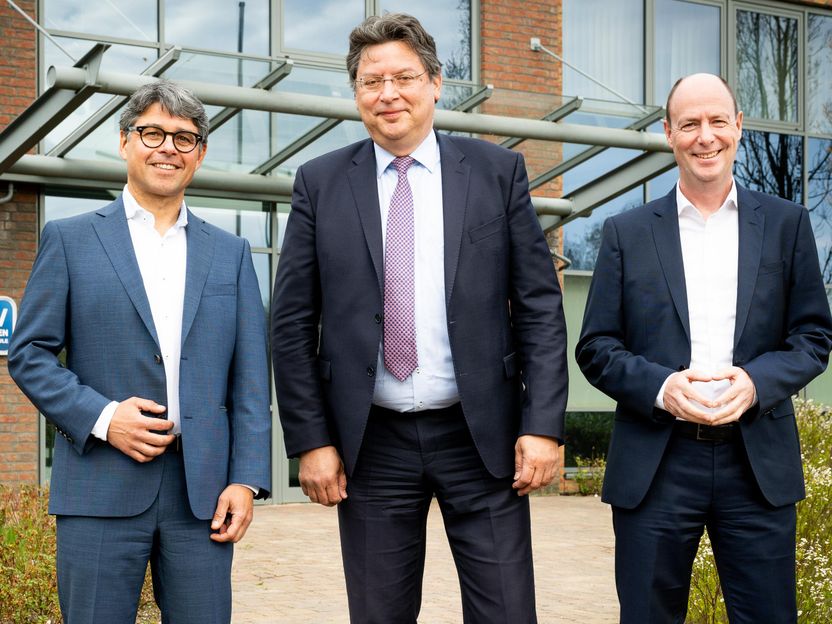
Eppendorf builds new site in Wismar for high-tech polymers used in laboratories - Production to start by the end of the year

Light-based device uses a few drops of saliva to effectively test Covid-19 patients

Electron bubbles modelled from X-ray laser data - An international team of scientists uncovers a groundbreaking model for the effects of radiation in water systems
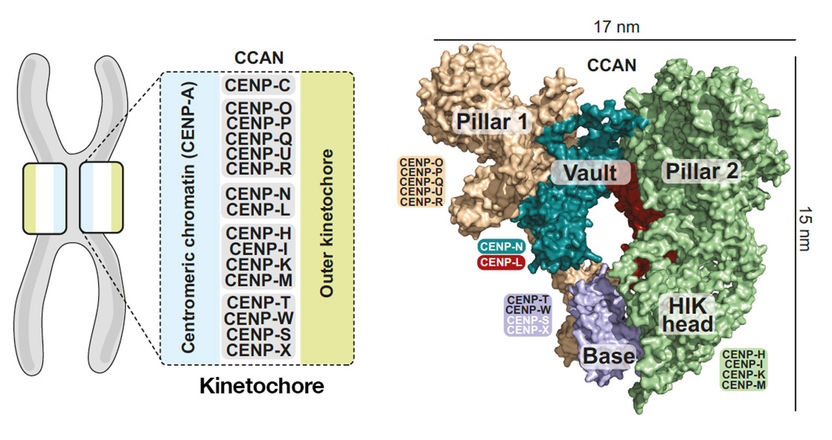
Structure of key protein for cell division puzzles researchers - Researchers provide a first 3D snapshot of the CCAN protein complex and raise fundamental questions towards the creation of artificial chromosomes

